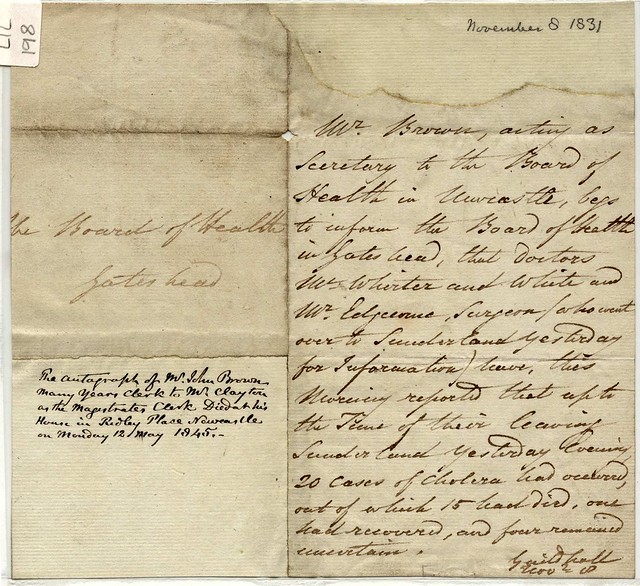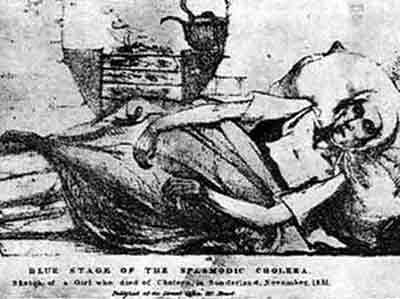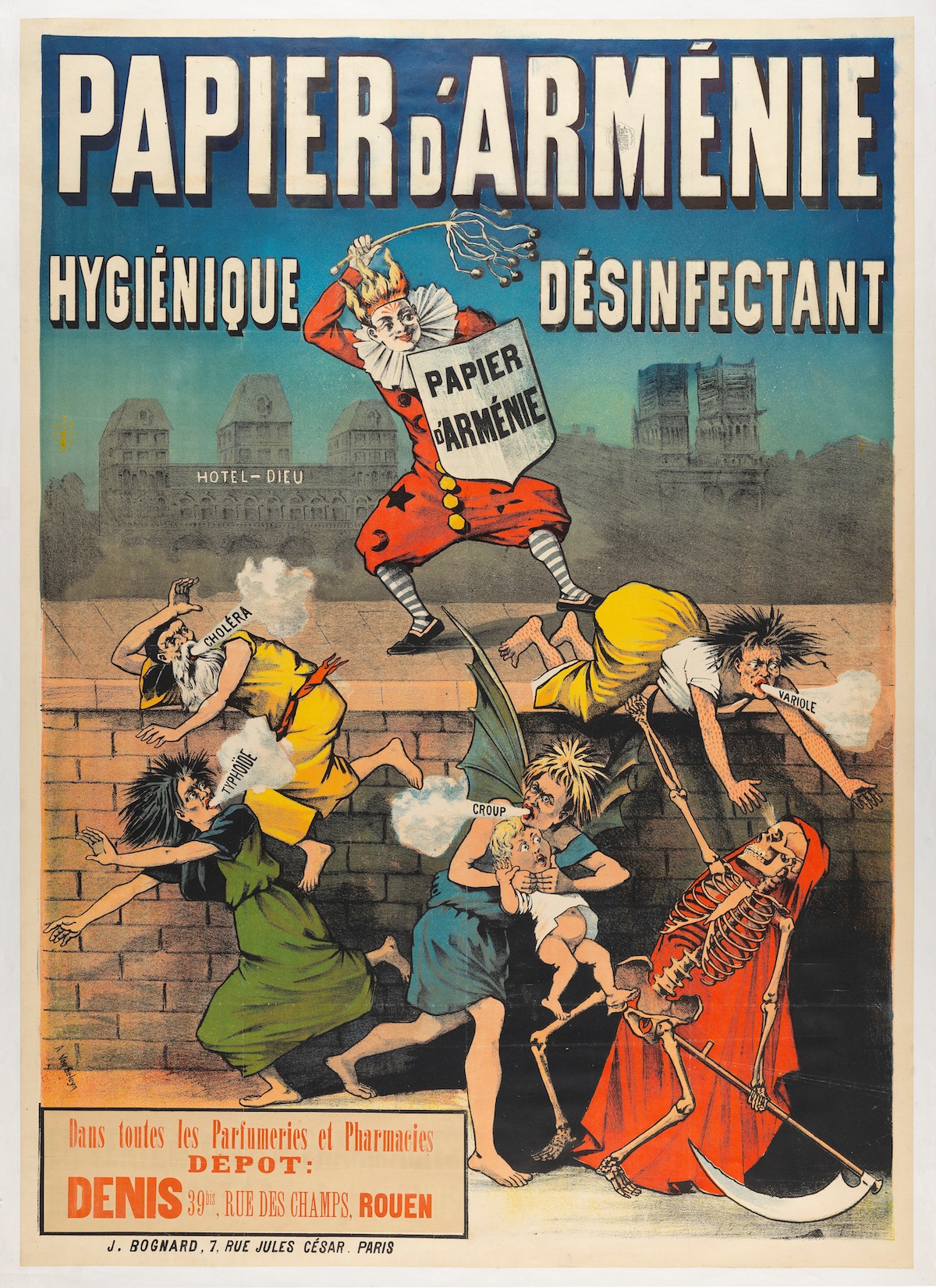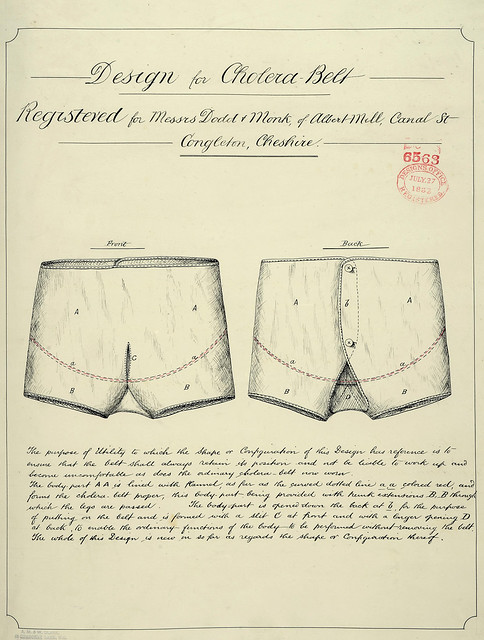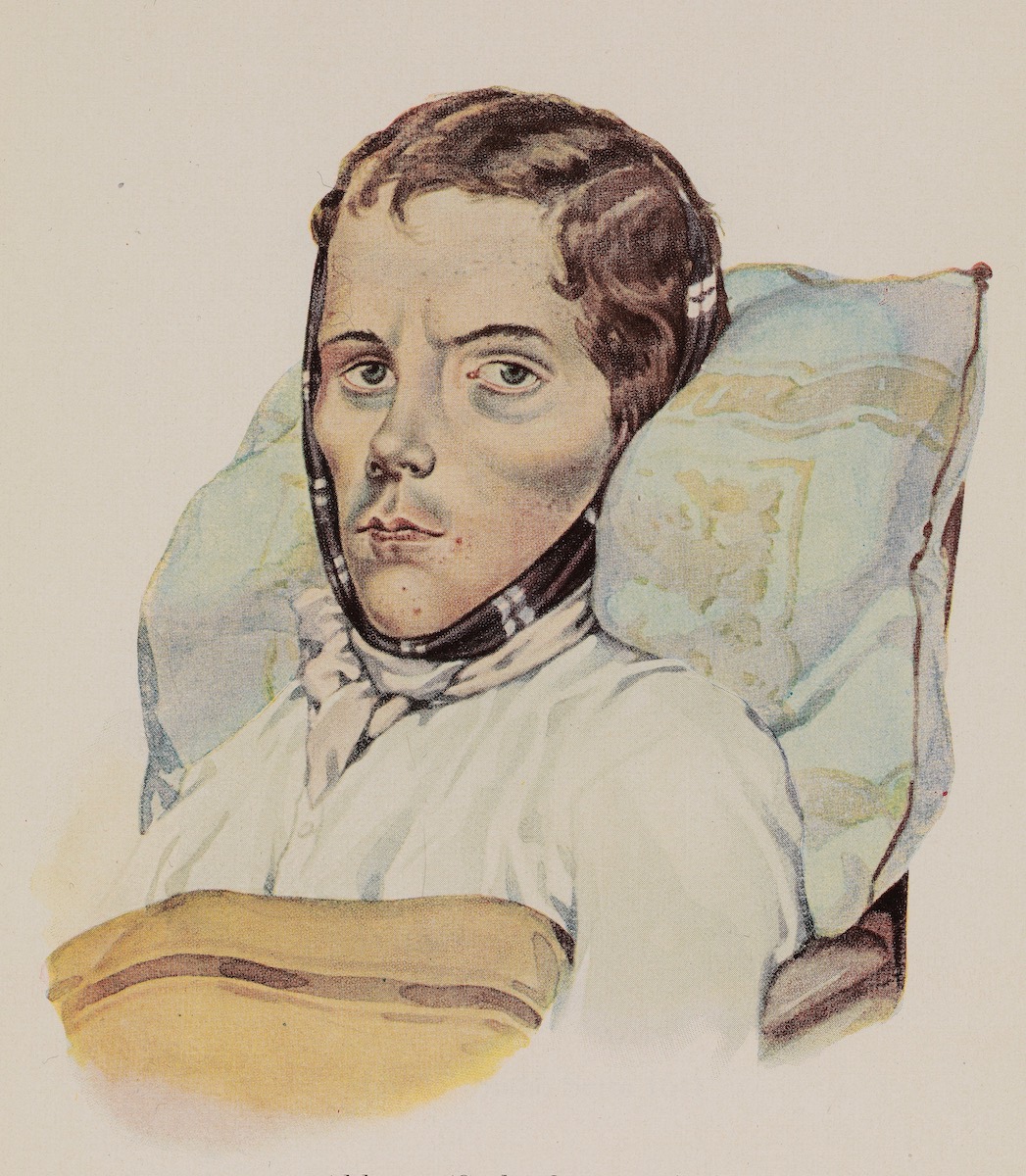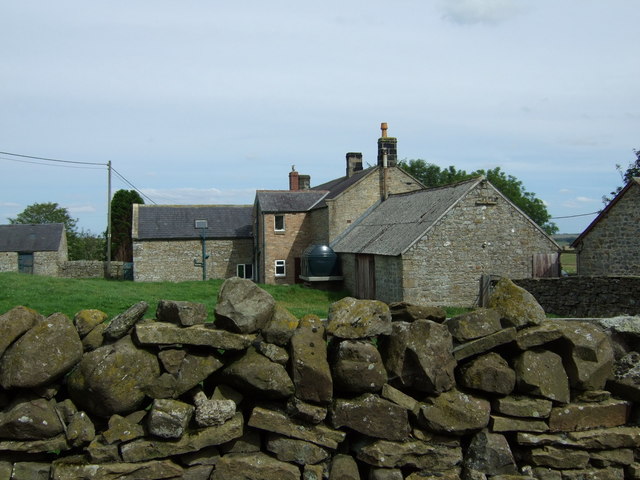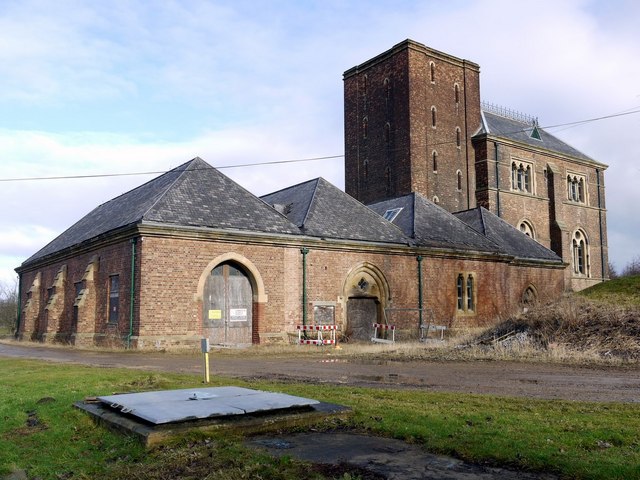Topics > Healthcare > Infectious Diseases > Cholera
Cholera
Cholera is caused by infection with the bacterium Vibrio cholerae. It can result in diarrhoea and can rapidly lead to severe dehydration and death.
History: Cholera became a worldwide problem in the early 19th century. It had long been endemic in India but rapidly spread to Europe and the Americas in the first major pandemic of 1817-1820. At that time steam ships had made international travel much easier and the disease was spread from port to port, becoming the most feared disease in the world. The UK, including the North East, were affected by a number of outbreaks in the 19th century, including the great cholera epidemic in 1831-2.
The prevailing medical understanding of the time was that cholera was spread by the inhalation of contaminated vapours. In 1849 Dr John Snow proposed that cholera was spread by contamination of food or water. In the 1854 epidemic Snow was able to plot the location of deaths from cholera in London and demonstrate that more deaths occurred in the region that drew its water form a downstream location that was contaminated by the city's sewage. He found that in the area around Broad Street in Soho,up to 500 deaths from cholera occurred within 10 days. He persuaded the authorities to remove the handle from the water pump in Broad Street and the infection rapidly subsided. Thanks to advances in public health and sanitation cholera is no longer endemic in Europe and North America. However, it is still common in parts of Africa, Asia, the Middle East and South America. In particular outbreaks frequently occur after natural disasters or in populations displaced by war, where there is inadequate sewage disposal and contaminated water. (Source: Patient UK)
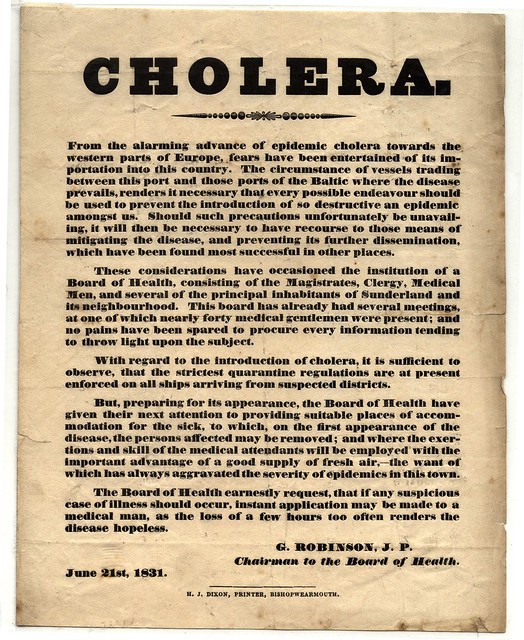
Co-Curate Page
Great Cholera Epidemic of 1831-2
- "In December 1831 the cholera commenced its ravages in Newcastle and Gateshead from which time up to March 1832 it had carried away 511 persons. The two towns were again …

from Sunderland Public Libraries (flickr)
LIL 208 - Cholera Warning Poster June 21st 1831
Pinned by Simon Cotterill
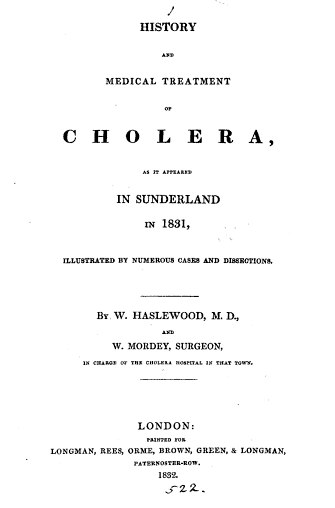
from http://books.google.co.uk/boo…
History and medical treatment of cholera, as it appeared in Sunderland in 1831, by W. Haslewood and W. Mordey
- Book from 1832 digitised by Google and available as a free eBook,
Added by
Simon Cotterill
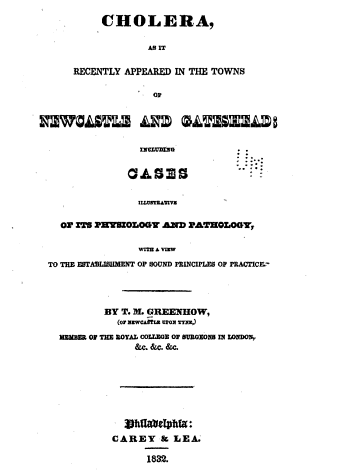
from http://books.google.co.uk/boo…
Cholera, as it Recently Appeared in the Towns of Newcastle and Gateshead...Thomas Michael Greenhow, 1832
- Cholera, as it Recently Appeared in the Towns of Newcastle and Gateshead: Including Cases Illustrative of Its Physiology and Pathology, with a View to the Establishment of Sound Principles of …
Added by
Simon Cotterill

from Sunderland Public Libraries (flickr)
LIL 214 - Cholera warning nov 1847 back
Pinned by Simon Cotterill
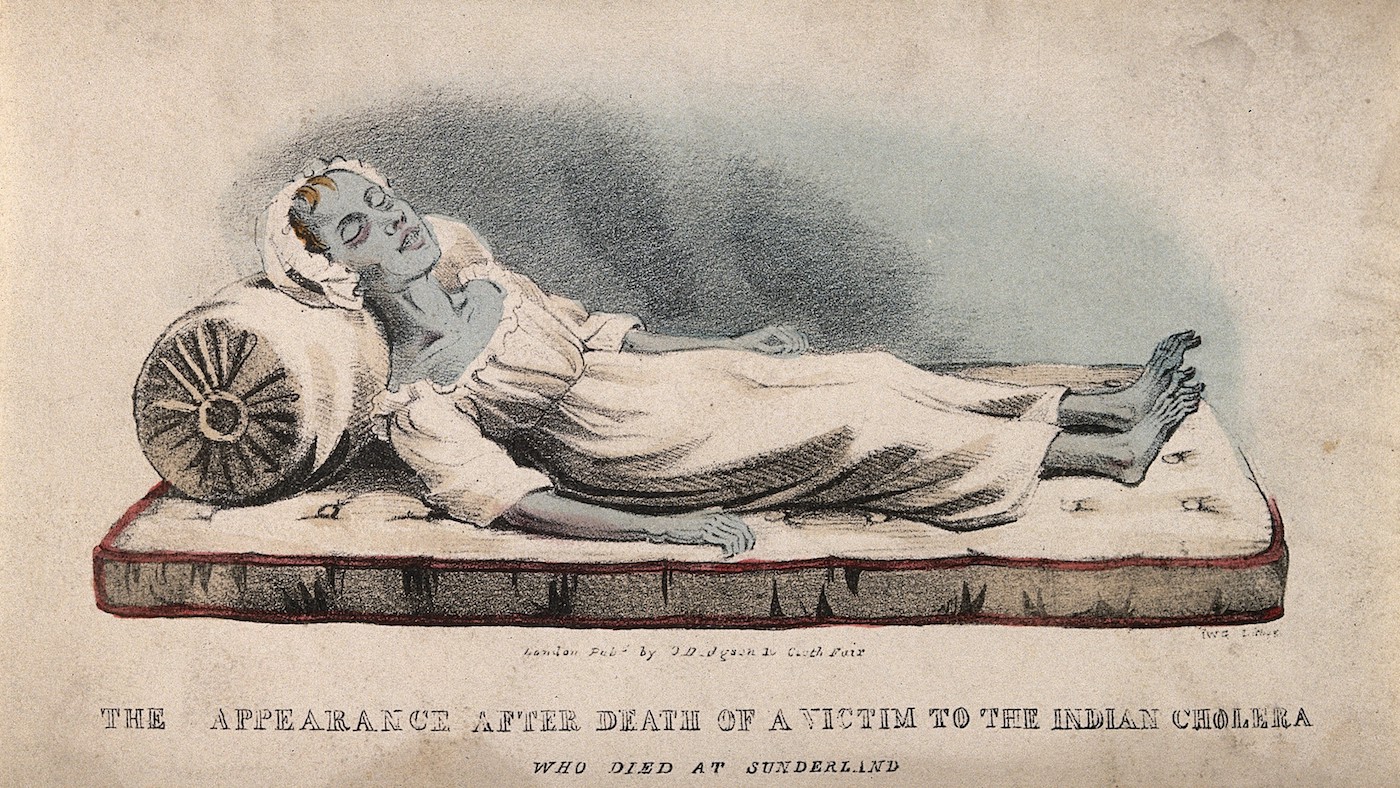
from Flickr (flickr)
V0010484 A dead victim of cholera at Sunderland in 1832. Coloured lithograph by IWG.
Pinned by Pat Thomson
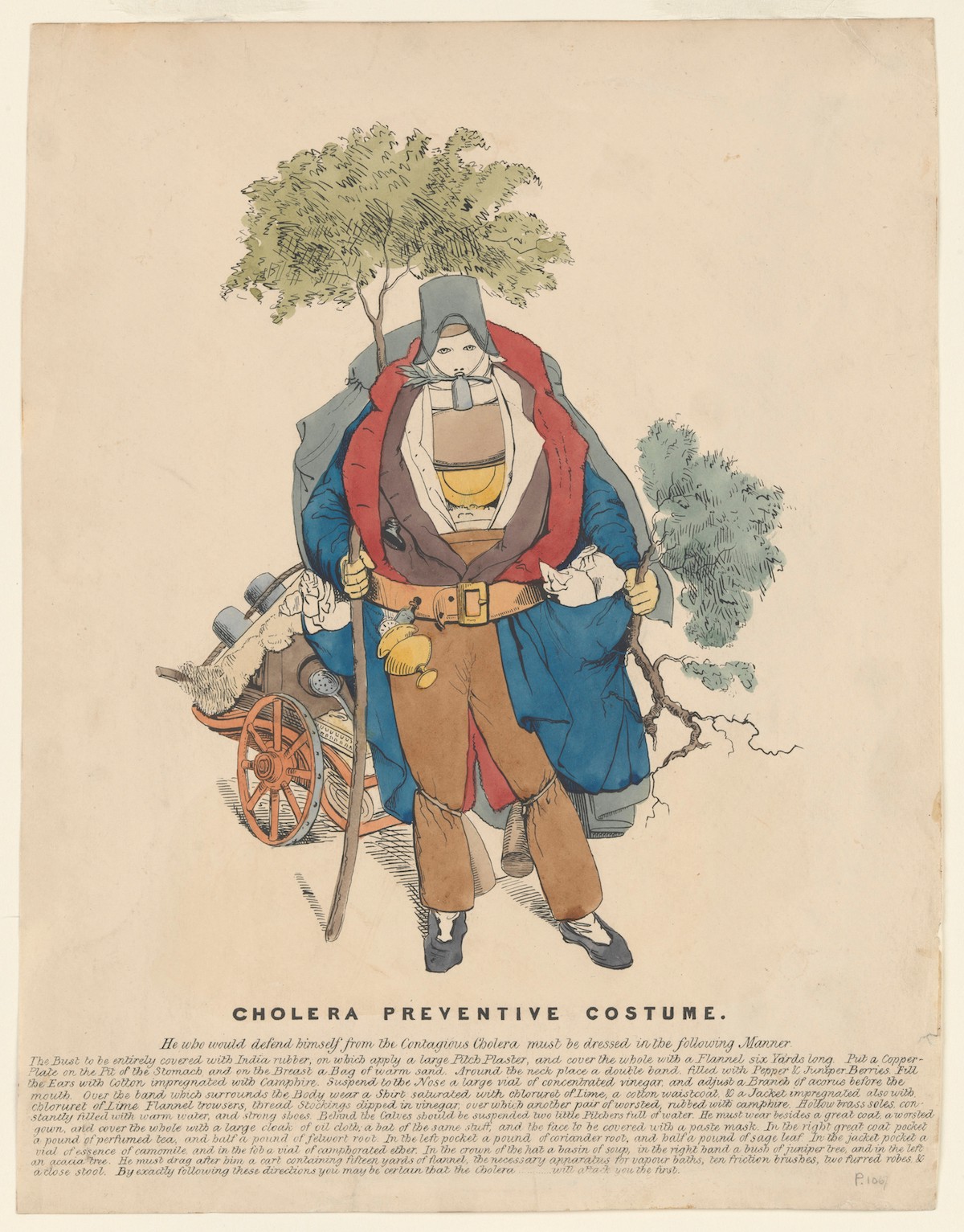
from Flickr (flickr)
L0077094 A figure dressed in a cholera safety suit, after Josef Petzl, c.1832
Pinned by Simon Cotterill
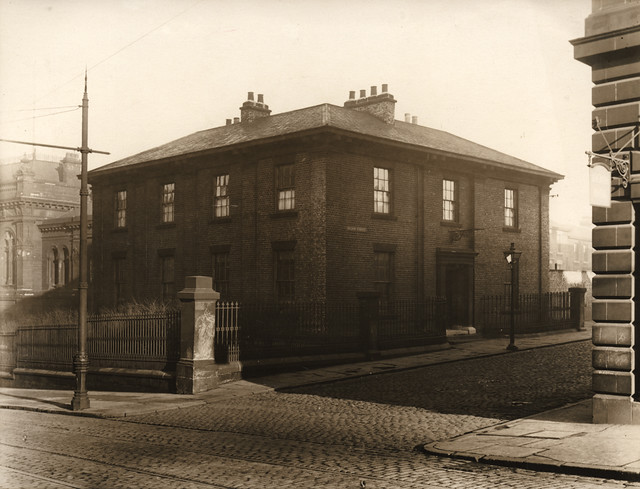
Co-Curate Page
Gateshead Dispensary, Nelson Street
- Overview Map Street View The Old Dispensary on the corner of Nelson Street and West Street in Gateshead was originally a villa built in the early 19th century. Prompted by …


Co-Curate Page
Great Cholera Epidemic of 1831-2
- "In December 1831 the cholera commenced its ravages in Newcastle and Gateshead from which time up to March 1832 it had carried away 511 persons. The two towns were again …

from Sunderland Public Libraries (flickr)
LIL 208 - Cholera Warning Poster June 21st 1831
Pinned by Simon Cotterill

from http://books.google.co.uk/boo…
History and medical treatment of cholera, as it appeared in Sunderland in 1831, by W. Haslewood and W. Mordey
- Book from 1832 digitised by Google and available as a free eBook,
Added by
Simon Cotterill

from http://books.google.co.uk/boo…
Cholera, as it Recently Appeared in the Towns of Newcastle and Gateshead...Thomas Michael Greenhow, 1832
- Cholera, as it Recently Appeared in the Towns of Newcastle and Gateshead: Including Cases Illustrative of Its Physiology and Pathology, with a View to the Establishment of Sound Principles of …
Added by
Simon Cotterill

from Sunderland Public Libraries (flickr)
LIL 214 - Cholera warning nov 1847 back
Pinned by Simon Cotterill

from Flickr (flickr)
V0010484 A dead victim of cholera at Sunderland in 1832. Coloured lithograph by IWG.
Pinned by Pat Thomson

from Flickr (flickr)
L0077094 A figure dressed in a cholera safety suit, after Josef Petzl, c.1832
Pinned by Simon Cotterill

